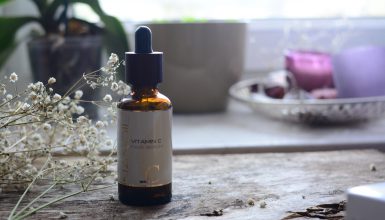As you probably know by far, I’m a big fan of using natural substances and homemade cosmetics. Recently, I’ve got along with macerated oils. Do you know what are they, how to make them and how to use them? If this is your first time that you’ve come across macerated oils then keep reading my post. Enjoy!
What is macerated oil?
In general, this is a substance that you obtain through herbal (plant in general) extraction technique. In most cases, it takes approximately a few weeks and depends on letting flowers and herbs sit in oil and expose them to the sunlight. Once filtered, you get oil that offers all the benefits of the herbs and the oil itself.
What is macerated water?
You can also obtain macerated water, which can be compared to herbal distillates. Minced herb is covered with water (room temperature) and left for more or less 30 minutes. Then, you have to strain the herb and rinse. This method is more common for herbs that are used for alternative medicine purposes.
How to store macerated oils?
Ready macerated oils are very sensitive to the sunlight and high temperature. For this reason, it’s better to keep the natural substances in dark glass bottles, in a dry, dark and cool place.
Benefits of macerated oils
- Are antiseptic, boost skin self-renewal processes.
- Delay ageing processes.
- Soothe inflammations.
- Shield against urban pollution.
- Reduce blemishes and discolorations.
- Make skin more supple.
- Speed up appearance of tan and condition skin after sunbathing.
- Can be used for massaging.
- Are suitable to treat sensitive and couperose skin.
- Protect blood vessels.
Application of macerated oils
In most cases, macerated oils are used for home body and hair care. Obviously, the effects they create are connected with the substances and herbs used. For example, you can choose among carrot macerated oils, common marigold macerated oil, chestnut macerated oil, macerated lavender oil and macerated lilac oil to name just a few.

